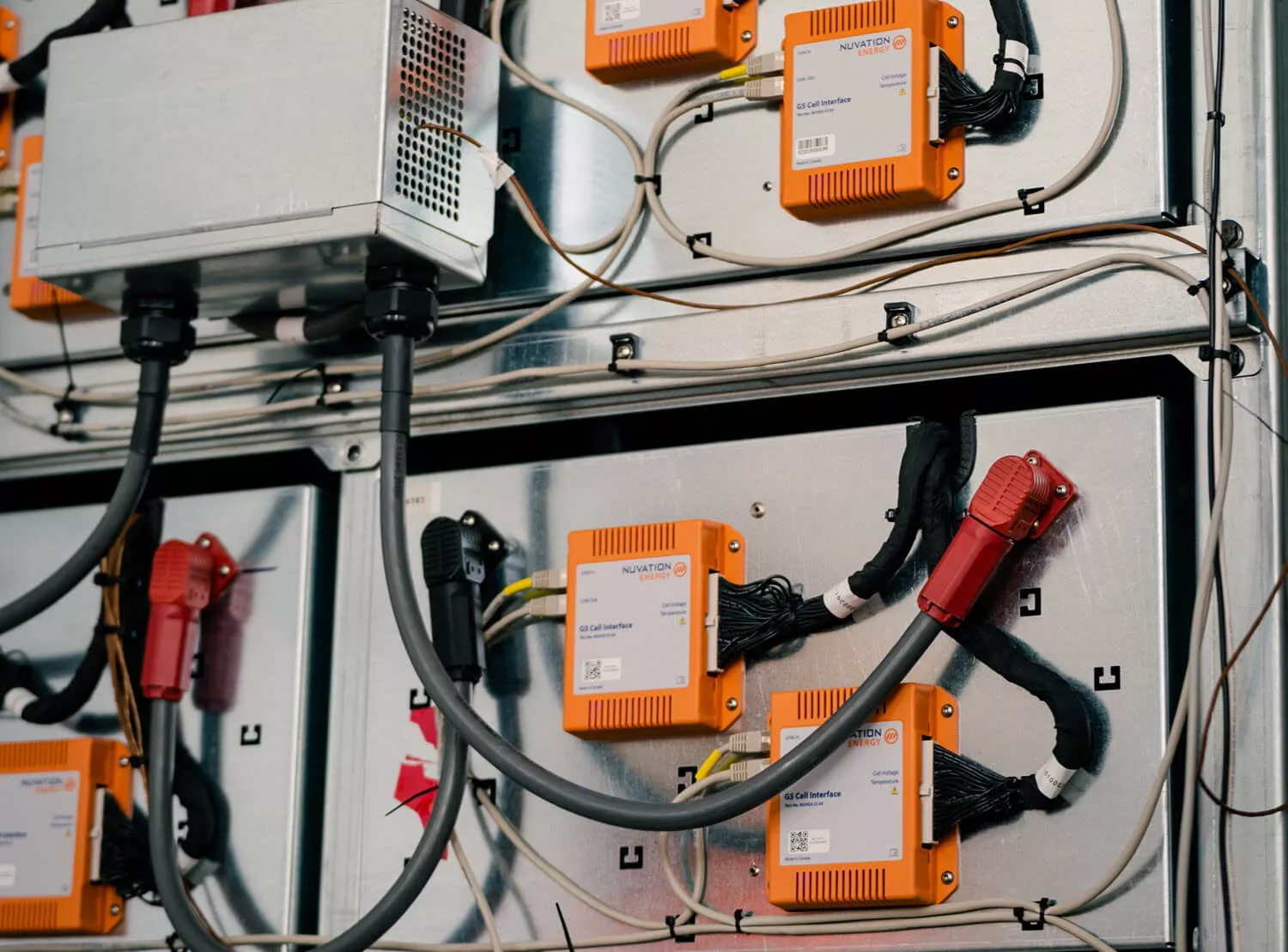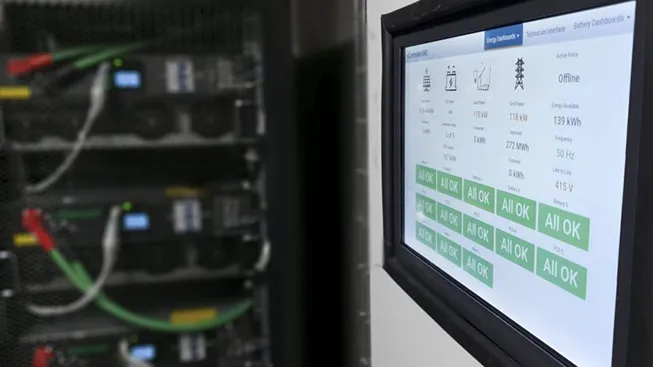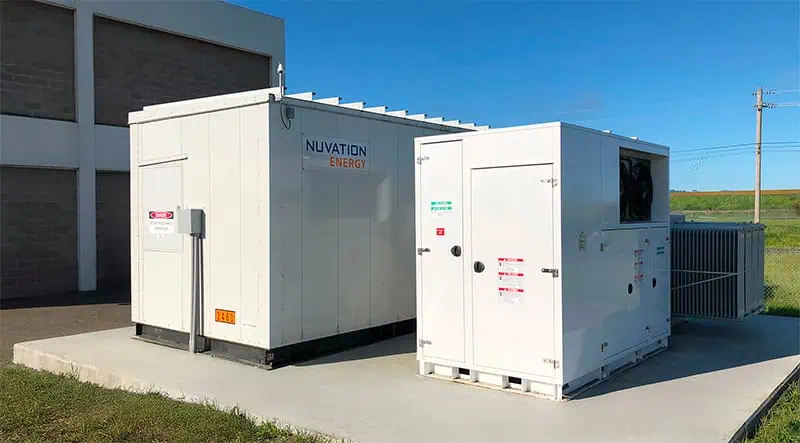Products & Services

Battery Management Systems
Field-proven and UL 1973 Recognized battery management systems for stationary energy storage.

BMS Design Services
Custom-engineered battery management system solutions for unique applications and specialized requirements.

Energy Control Solutions
Seamless, real-time control and integration for AC-coupled battery energy storage systems.

Energy Storage Design Services
Nuvation Energy’s in-house engineering team provides battery energy storage system and subsystem design services.

Energy Storage Projects
Hundreds of installations worldwide, from utility grid support in front and behind the meter to aircraft and naval vessels.
Energy Storage Solutions Worldwide
Our worldwide installations range from utility grid support in front and behind the meter to aircraft and naval vessels.
